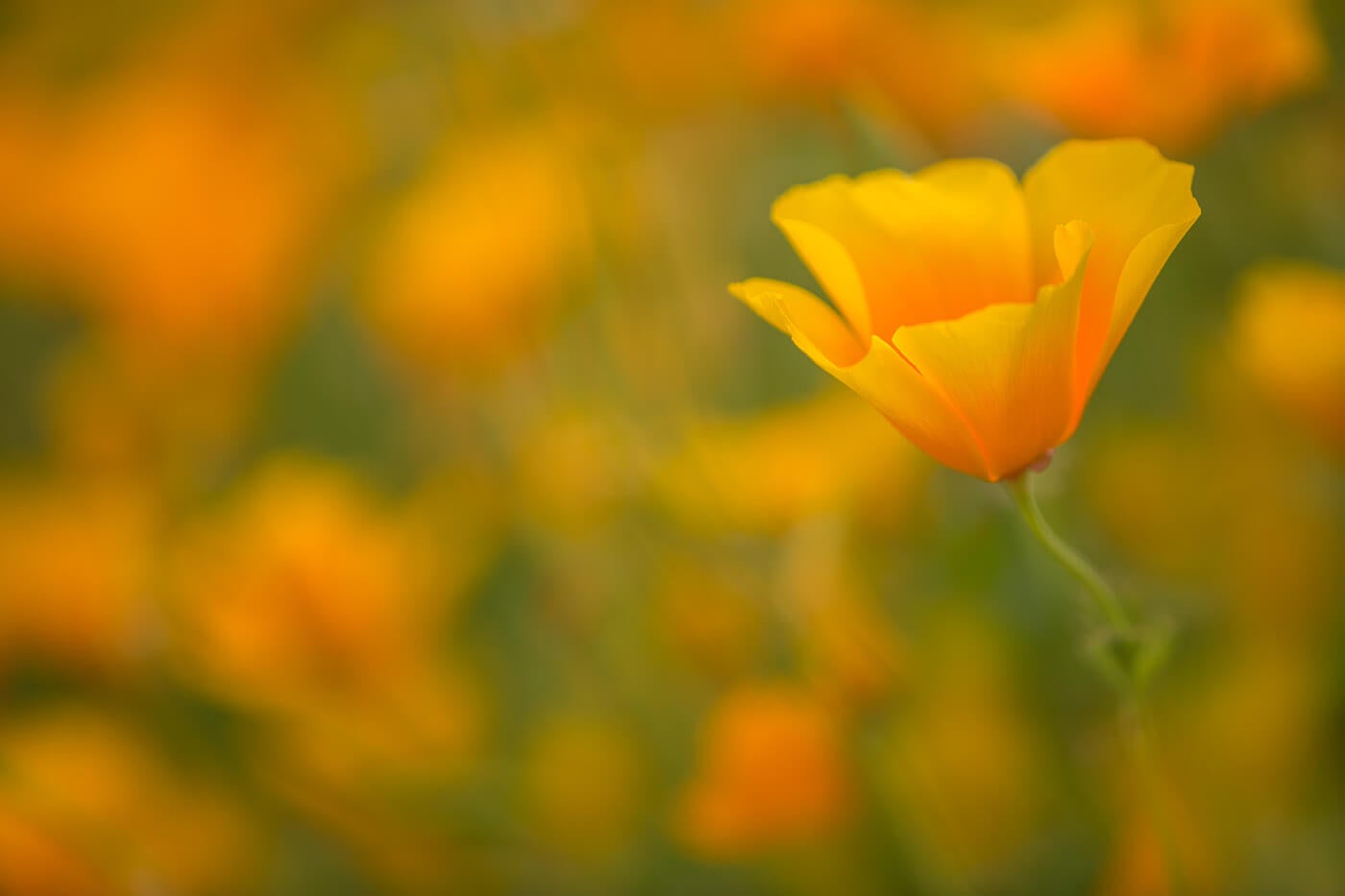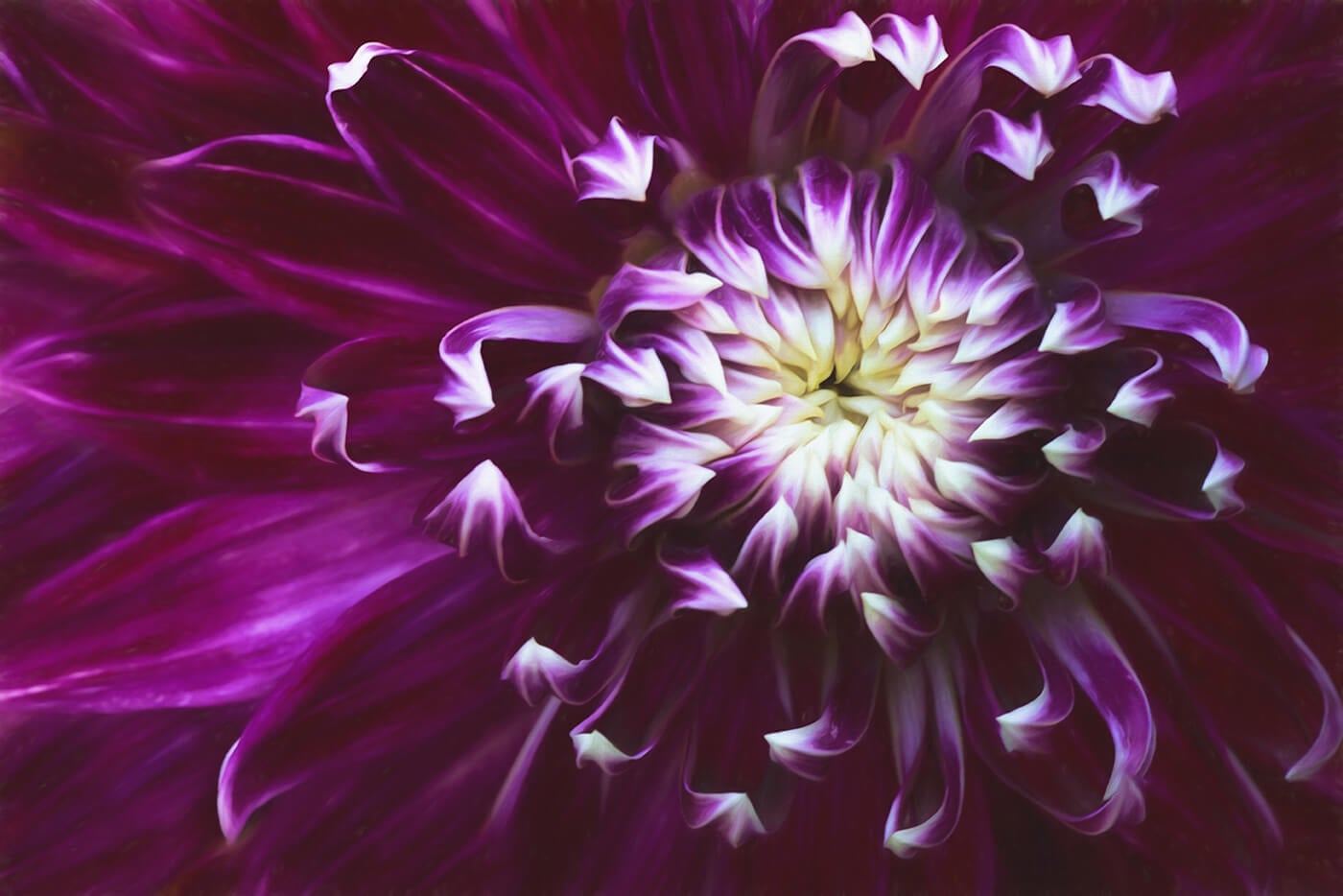The snow is melting, the birds are chirping and the crocuses are starting to push up through the ground. It’s the first signs of spring and for those who are nature enthusiasts now is the time to gear up for flower photography. However, before you snap the shutter there are a few things you should keep in mind. We asked Printique member, Kathleen Clemons for some advice on creating compelling macro flower photography.
Direct sunlight is the worst light you can use for flower photography. The harsh lighting creates washed-out colors and strong shadows which chop up the petal lines of your flowers. Overcast days are best since soft, even lighting is best for flowers. Soft lighting will preserve the natural color and texture of the petals so that the true beauty of the flower is captured.

Get up and personal! Fill the frame with your subject, this eliminates anything in the background that could detract from your flowers. First, start shooting wide and move in closer and closer. You’ll be amazed at what you will see. Shoot variations of your subjects, gradually moving in closer and closer, with more and more of the flower filling the frame.

Learn to see the distractions that pull your eye away from your subject, and eliminate or minimize them. Change your angle of view, move in closer, or use a larger aperture to blur elements that distract. Most of my flower photos are shot with large apertures to reduce depth of field and simplify the subject. Using a selective focus lens like a Lensbaby is a great way to draw attention to one area of your composition.
As with all photography, beautiful and successful flower images begin with learning to see. Really look at your subject, from all possible angles. Lay down on your stomach and look up to see the underside of the flower. Sometimes this is the most beautiful part of a flower, and often overlooked. Really study your subject and shoot it from different angles, choose the best point of view. When you think you are finished with a subject, ask yourself, “Did I work it?” If not, you aren’t finished!
Thank you Kathleen for sharing your advice with us. Once you’ve made those amazing macro flower photographs, consider printing them on canvas!